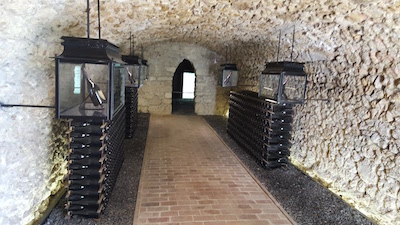
Time to un-riddle the jargon…
Once familiar with the three permitted champagne grape varieties and their associated flavours, understanding labels becomes a lot simpler. A ‘blanc de blancs’ champagne refers to a ‘white wine from white grapes’. With only one of the three permitted varieties grown in Champagne being a white grape, this label means the champagne is 100% Chardonnay, so we can expect a zesty, fresh and creamy nectar. A ‘blanc de noirs’ refers to a ‘white wine from black grapes’, so we would expect a more robust, floral and berry-flavoured fizz. A rosé will always contain black grapes. The black skins give the champagne its pink tinge and, together with the black grape juice, produce a more fruity and berry orientated flavour.
The sweetness levels of champagne
The label also hints at the sweetness of your champagne:
‘Brut Nature’ or ‘Zero Dosage’ on a label indicates that no sugar has been added in the final stage of blending, resulting in a very dry drink – a perfect pairing for sushi!
‘Brut’ is the classic, most common style of champagne: dry and crisp typically with a more caramelised tinge that Brut Nature – a must-try with fish and chips.
‘Demi-Sec’ misleadingly meaning ‘half-dry’, is the sweetest of the three and could contain up to more than 4 times the sugar content of a ‘Brut’ – pairs beautifully with foie gras or puddings such as lemon posset.